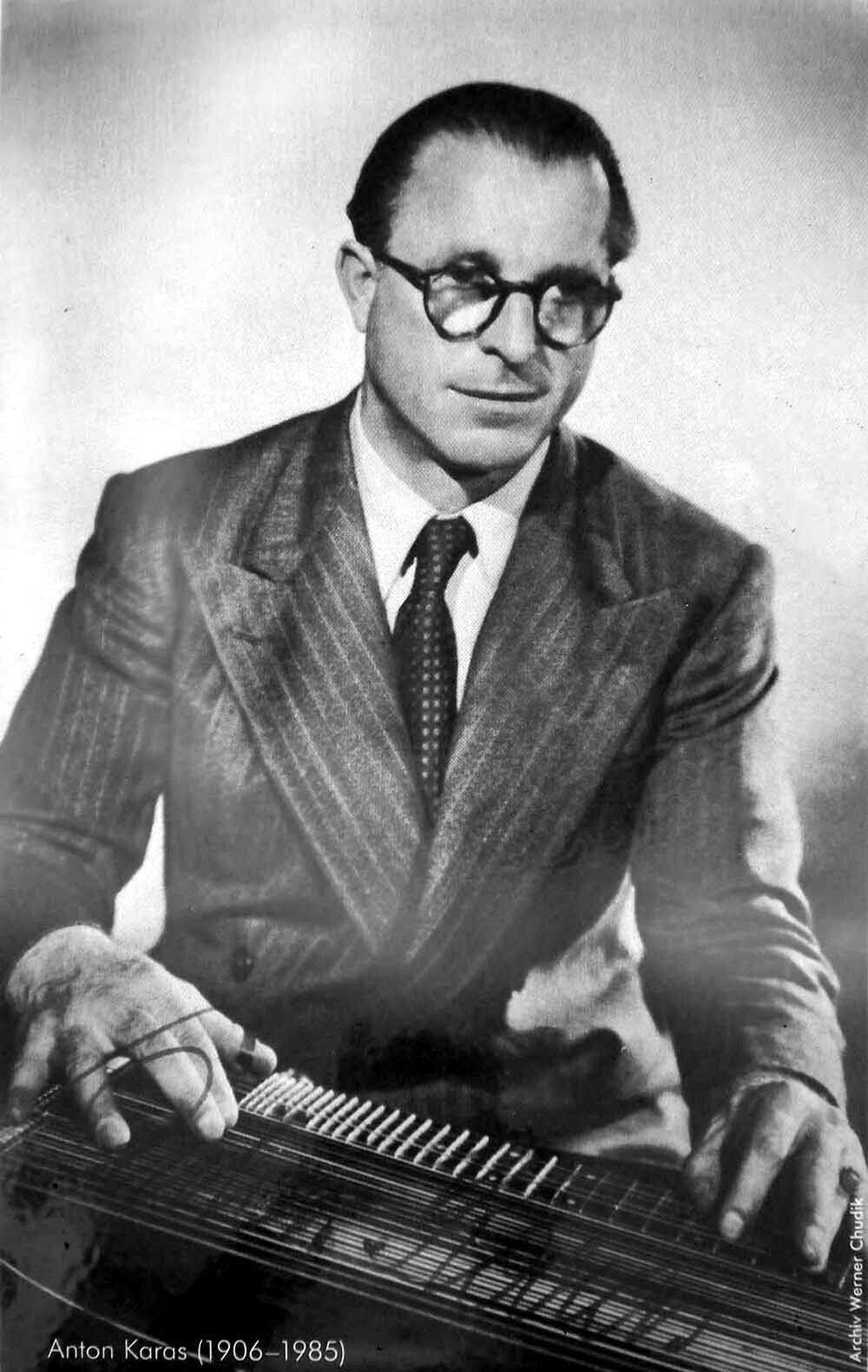When You Practice the Wrong Notes, You Learn the Wrong Song
What did he say this time?

When you practice the wrong notes, you learn the wrong song.
What does that even mean? Is this a music lesson?
You may have heard this quote before:
"We are what we repeatedly do. Excellence, then, is not an act, but a habit." ~ Will Durant (not Aristotle, by the way)
But that's only the half of it. Since we are what we repeatedly do, it stands to reason that we could be rather mediocre as easily as being excellent. For that matter, if we are what we repeatedly do, we could be downright wrong!
Here are two more quotes to ponder:
"Practice does not make perfect. Only perfect practice makes perfect." ~ Vince Lombardi
"Doing the same thing over and over expecting a different result is the definition of insanity. ~ Albert Einstein
We learn everything we repeat whether it's right, wrong, good or bad. Repeat something enough and it becomes second nature.
Learning how to play a new song on your zither is cool. But if you repeat the wrong notes often enough, you might end up playing Yellow Submarine instead of The Harry Lime Theme.
Here is the point and how it relates to movement if you haven't figured it out: To learn a new movement or exercise, you need to practice. At the end of every rep, assess it. Was it bad, good, great, perfect? Be honest with yourself. Then, when you do the next rep, attempt to do the good parts better and the worse parts less.
Eventually, you'll be moving beautifully because, while you weren't perfect every time, you didn't make the same mistakes over and over mindlessly. To achieve mastery, celebrate the successes and repeat them. Recognize the mistakes and minimize them.
And that's it. When you practice the wrong notes, you learn the wrong song. When you repeat poor exercise form, you exercise poorly. And maybe even hurt yourself.
Just type shittomsays in the search bar at the top of the blog to see more of these ridiculous posts.
Interested in learning more about how we help busy adults move better, get stronger, and feel great? Click the orange Trial Membership button and get in touch!
#shittomsays
You might also enjoy these posts . . .







